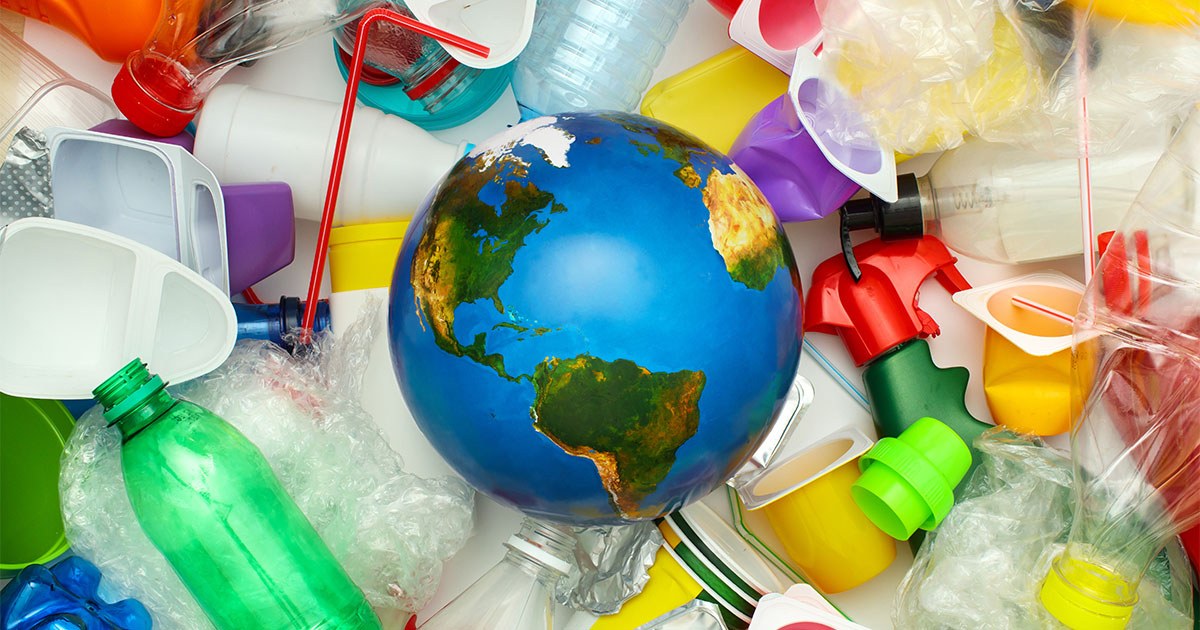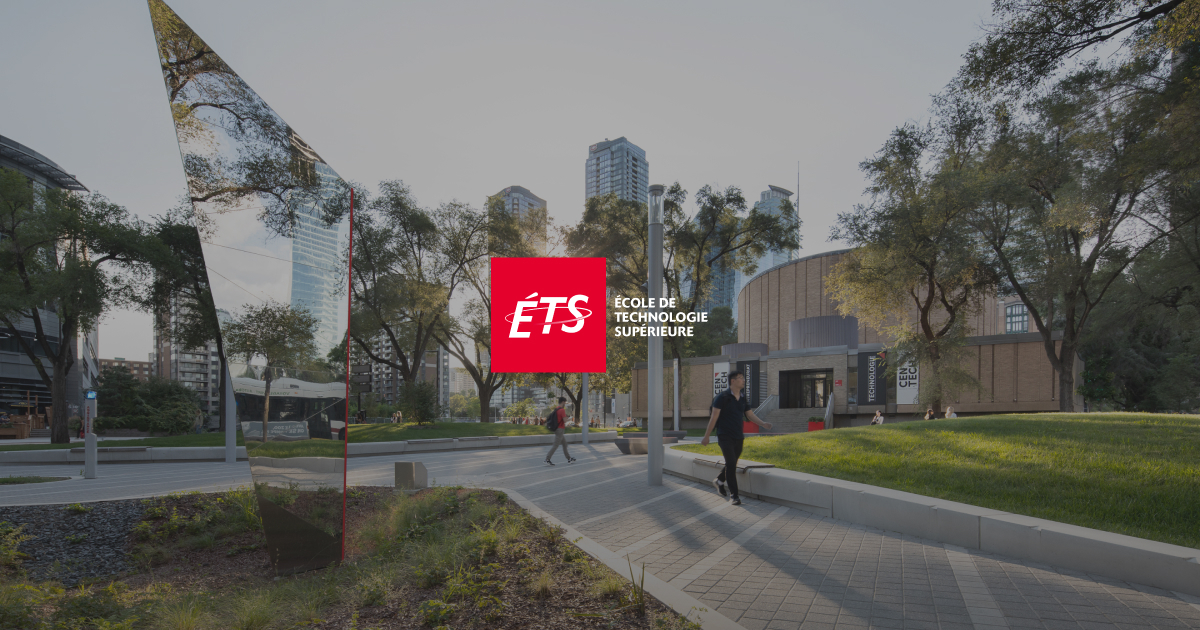
What is Rheology?
Rheology is the science that studies how materials flow and deform. Although it involves a significant amount of mathematics and is often perceived as daunting, it is actually part of our everyday lives—whether it’s honey dripping off a spoon or toothpaste being squeezed out of a tube. Rheology helps us understand whether a material is thick, sticky or stretchy, and how it responds to pressure, different temperatures, and over time. While the word rheology might seem intimidating, and the tools used by scientists may be complex, it is ultimately a practical science that extends far beyond the lab.
This practical relevance becomes especially clear when considering one of today’s most pressing challenges: plastic waste management. Despite plastic production increasing every year, only a small fraction is actually recycled. The majority ends up in landfills or in the natural environment, where it harms ecosystems and human health. Rheology plays a key role in tackling this issue. By understanding how recycled plastics flow and deform, researchers can improve recycling technologies and develop more sustainable, high-performance materials.
This practical impact of rheology was highlighted at the 2025 Canadian Society of Mechanical Engineering, Computational Fluid Dynamics Society of Canada, Canadian Society of Rheology International Congress, held at ÉTS in May 2025. Two studies from our research group, PolymerETS, were presented. As part of the Tier 1 Canadian Research Chair activities was the theme: Rheology as a tool for developing novel thermoplastic materials with improved environmental performance. These presentations demonstrated how this complex science can generate practical solutions in the pursuit of sustainability.
Recycling Medical Plastic Waste
The first study, conducted in collaboration with CRCHUM (Centre de Recherche du Centre Hospitalier de l’Université de Montréal), was presented by Gabriel Matheus Pinto, currently a postdoctoral fellow in the group. This project aims to determine whether 3D-printed polylactic acid (PLA) parts used in cancer treatments can be recycled. PLA is widely used to 3D print personalized components for oncology patients, allowing radiation therapy to be tailored to each individual. However, these parts are discarded once treatment is complete, generating a growing stream of medical plastic waste. In this context, rheology was used to assess whether the plastic could be reprocessed and 3D-printed again without compromising its quality.
Non irradiated and irradiated samples were reprocessed several times (i.e. recycled) and their rheological properties, in particular their melt viscosity, were evaluated. A change in viscosity after reprocessing would indicate that the samples had undergone degradation. An increase in viscosity would suggest crosslinking, a process in which polymer chains become chemically bonded to each other, making the material more rigid. In contrast, a decrease in viscosity would indicate a reduction in molecular weight, typically leading to a loss of mechanical strength in PLA. As expected, irradiated PLA shows a slightly faster drop in viscosity compared to the unexposed material. This confirms that radiation increases the polymer's sensitivity to heat and stress. However, the good news is that recycling remains very much possible for multiple cycles!
Recycling Polyethylene Waste
The second study, conducted in collaboration with NOVA Chemicals, a Canadian company based in Alberta, was presented by Judith Zaessinger, a PhD student who received the Award for Best Presentation during the CSR conference. Her research focusses on enhancing the circularity of polyethylene (PE) by incorporating it into PE blends containing a large proportion of post-consumer recycled products PE. PE, which accounts for more than 30% of plastic waste, presents significant challenges when recycled. Recycled PE typically contains a mixture of different PE grades that are difficult to separate and are often immiscible with each other. PE exists in several forms—high-density polyethylene (HDPE), low-density polyethylene (LDPE), and linear low-density polyethylene (LLDPE)—which, although chemically similar, exhibit different behaviours when melted and processed due to subtle differences in molecular structure.
Understanding and controlling the properties of blends made from these various PE types is therefore essential for reclaiming recycled PE. These properties depend on factors such as blend composition, morphology, polymer miscibility, and processing conditions. Rheology is a powerful tool for assessing polymer miscibility and the morphology of blended systems, which in turn determines their functionality. It also helps predict how recycled PE blends will behave during processing, thereby improving recycling efficiency and material quality.
Rheology: A Practical Tool for Sustainability
These two examples show that rheology is more than just theoretical science. It is a practical tool for building better recycling systems. Thanks to rheology, smarter and more efficient recycling becomes possible. As a result, recycled plastics can become more reliable as source material for functional products, helping to reduce the environmental impact of plastic waste in multiple industries.



